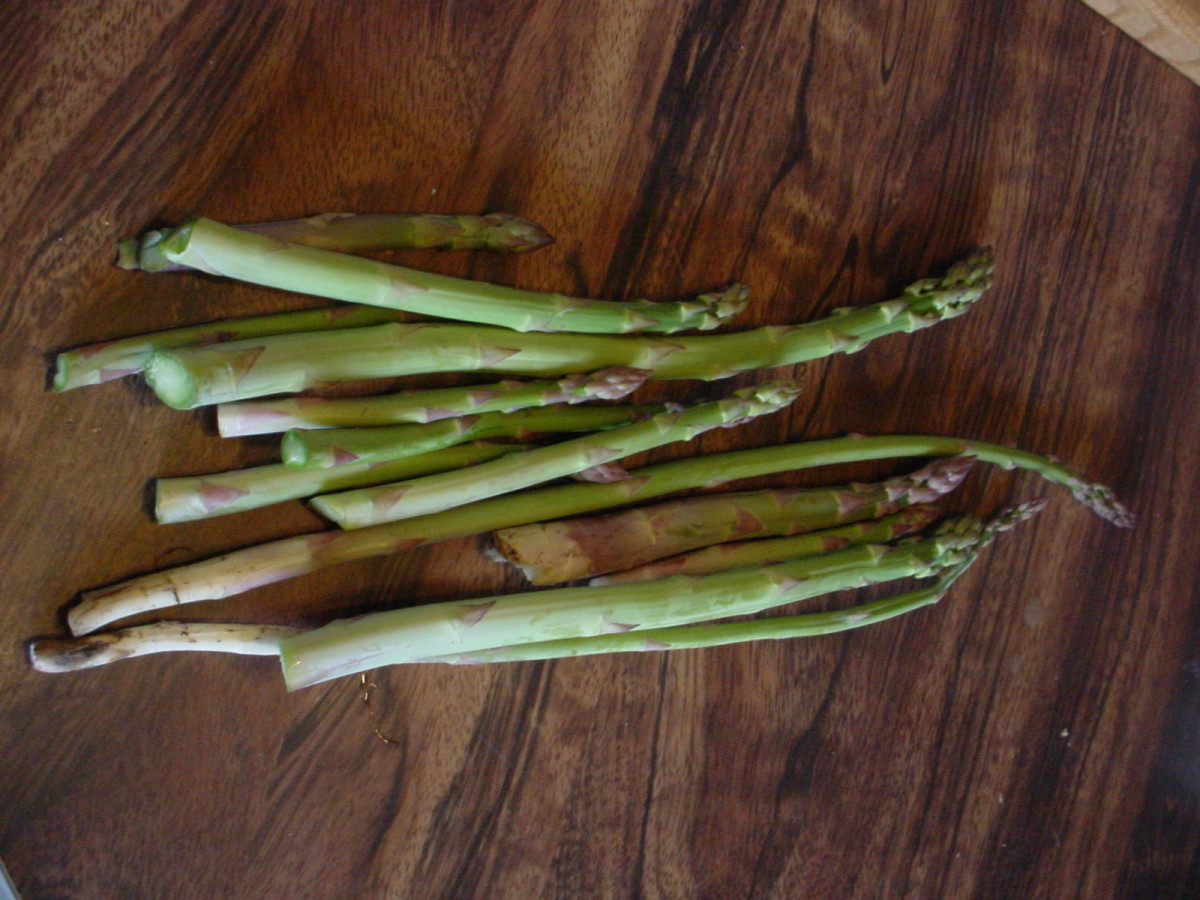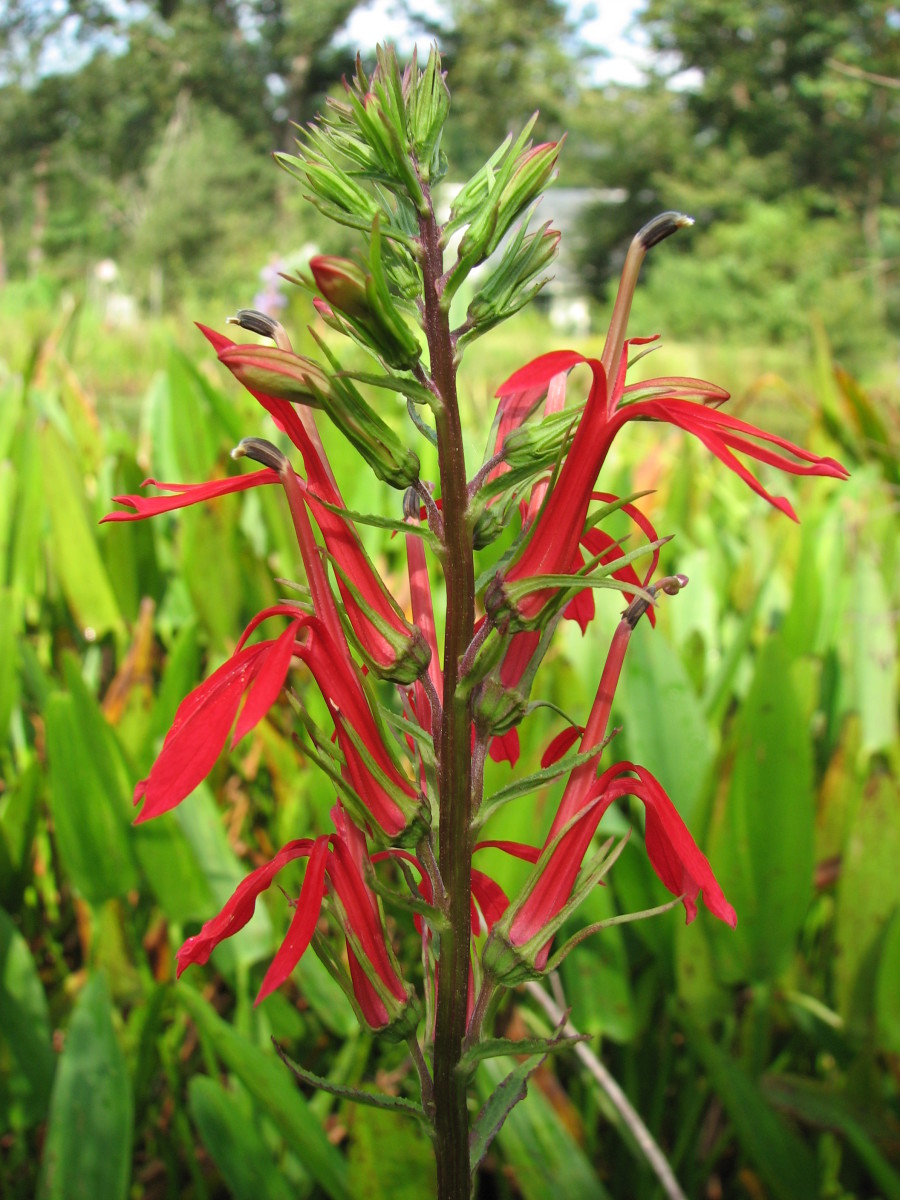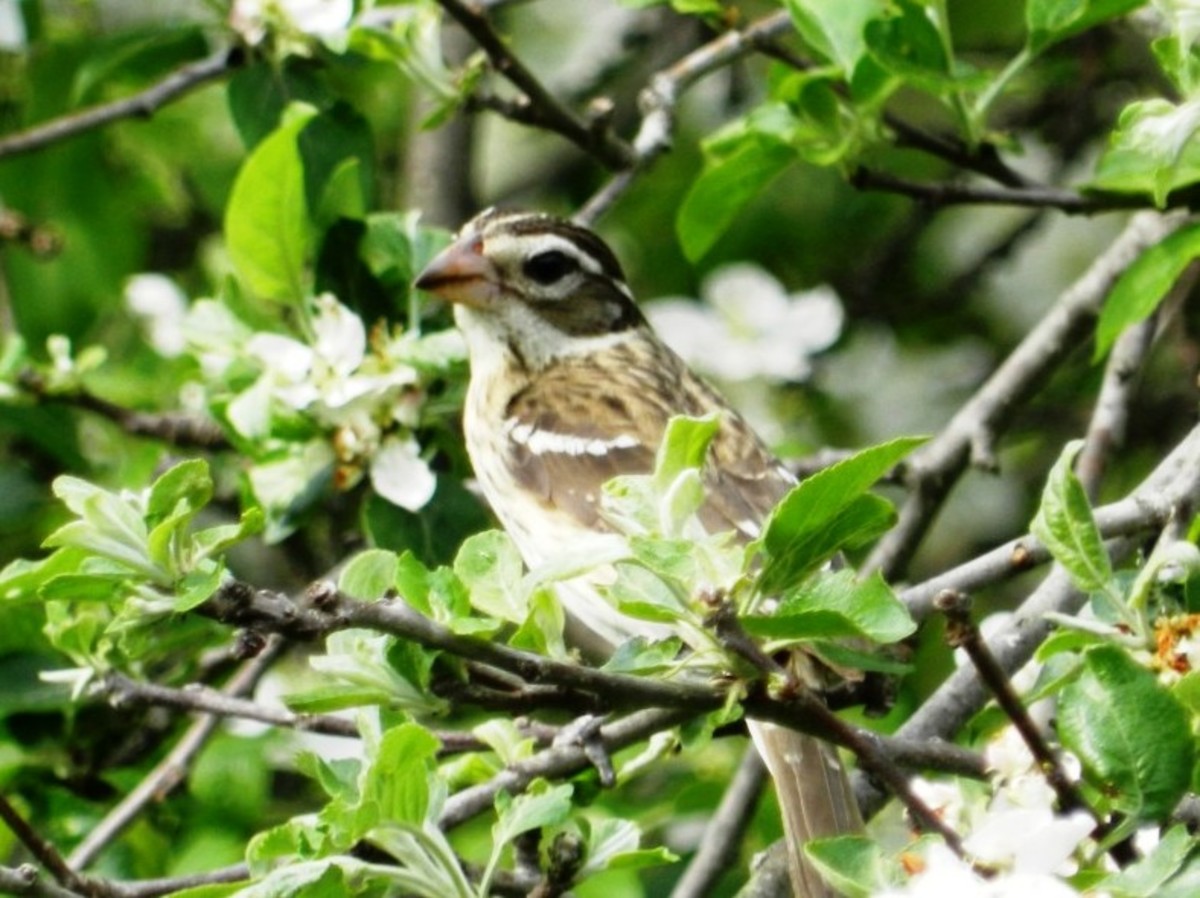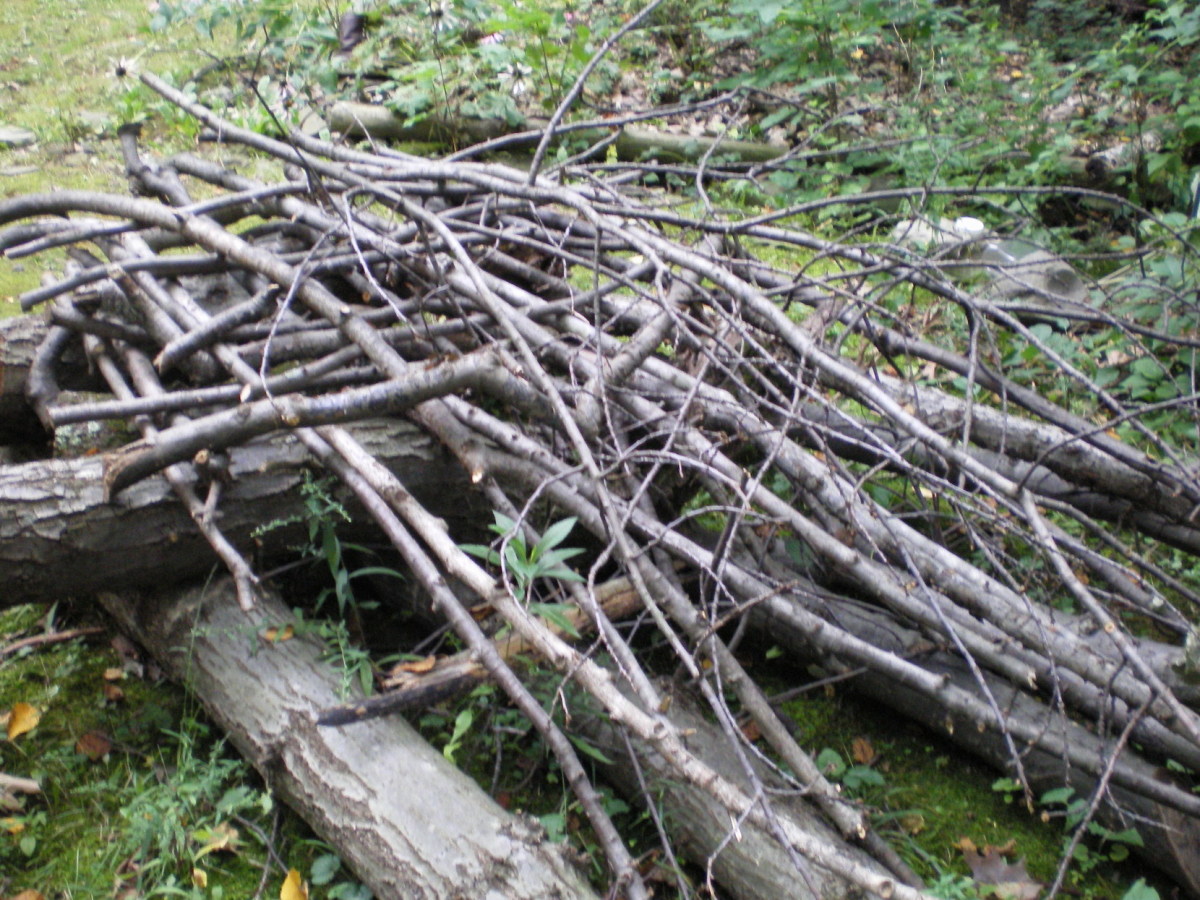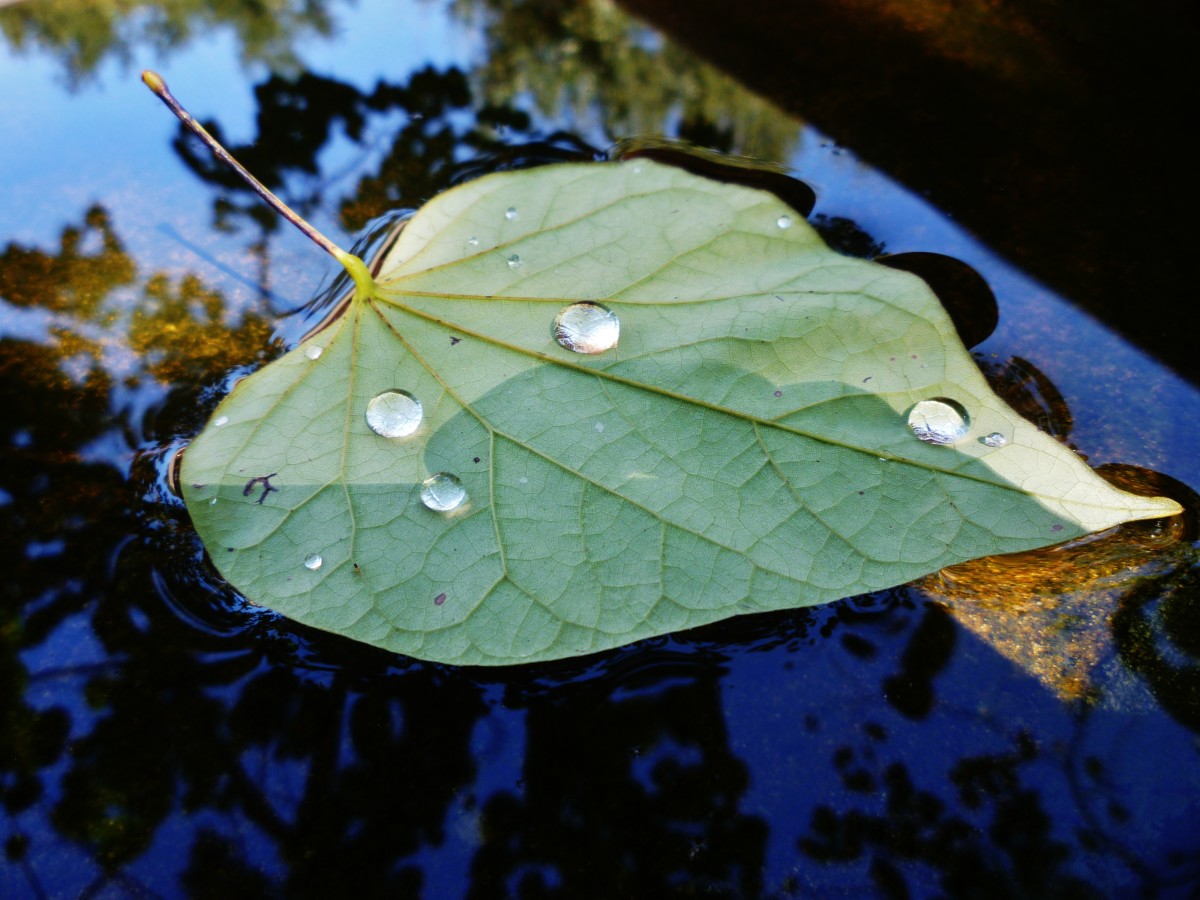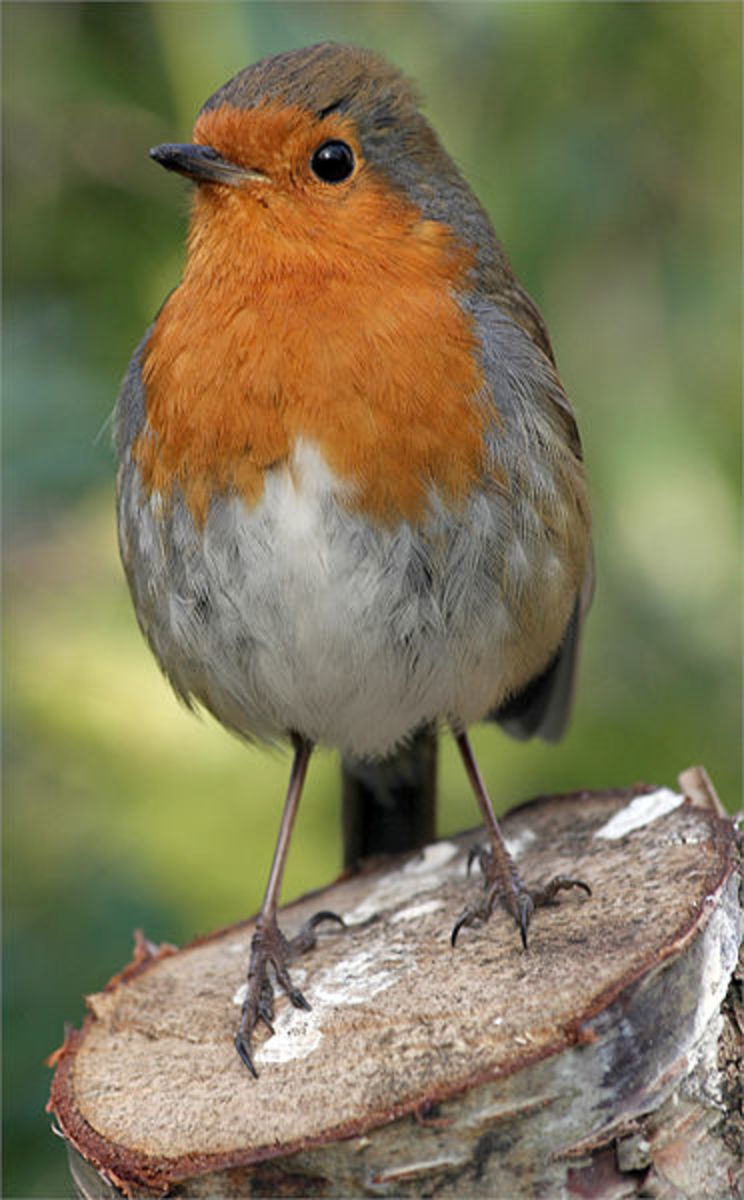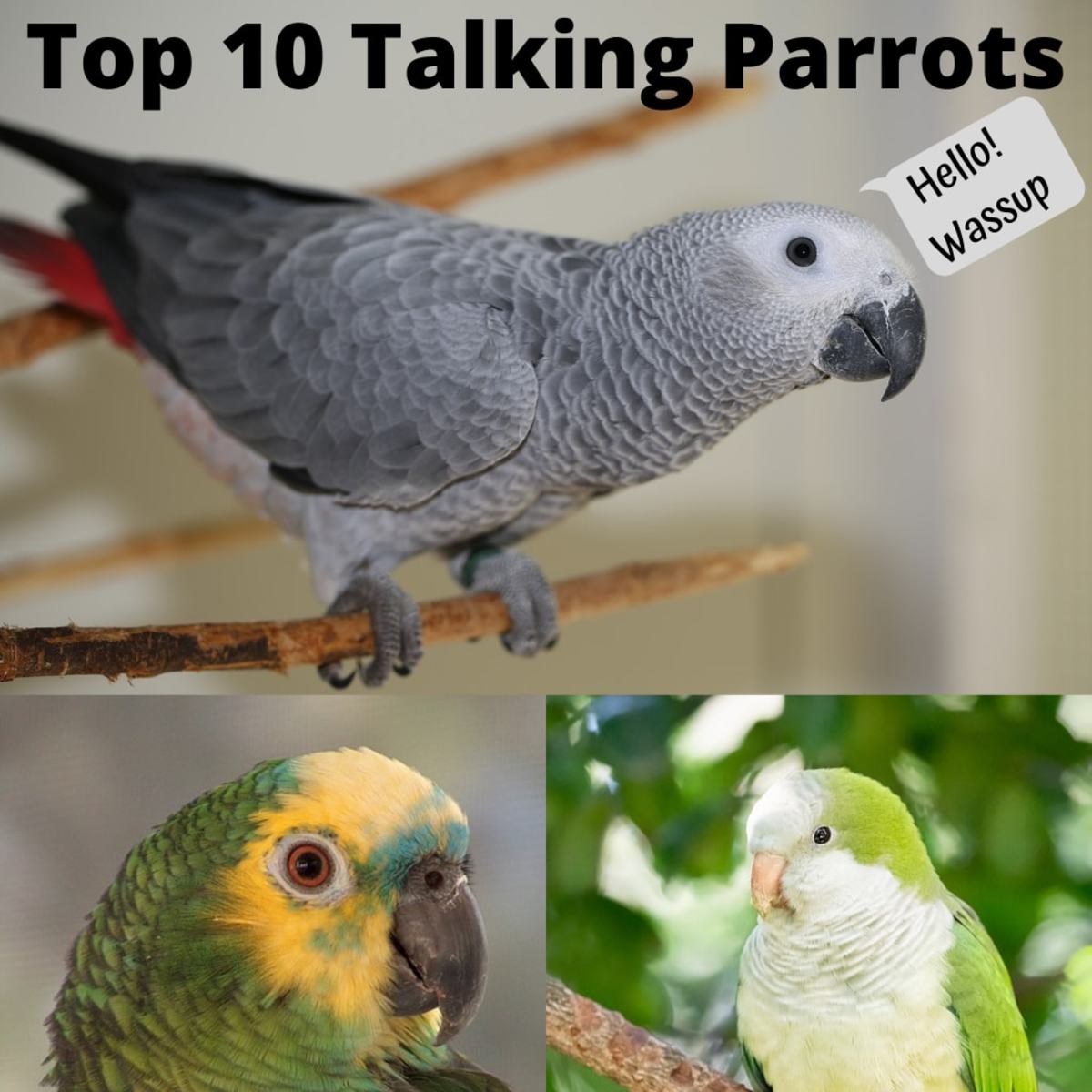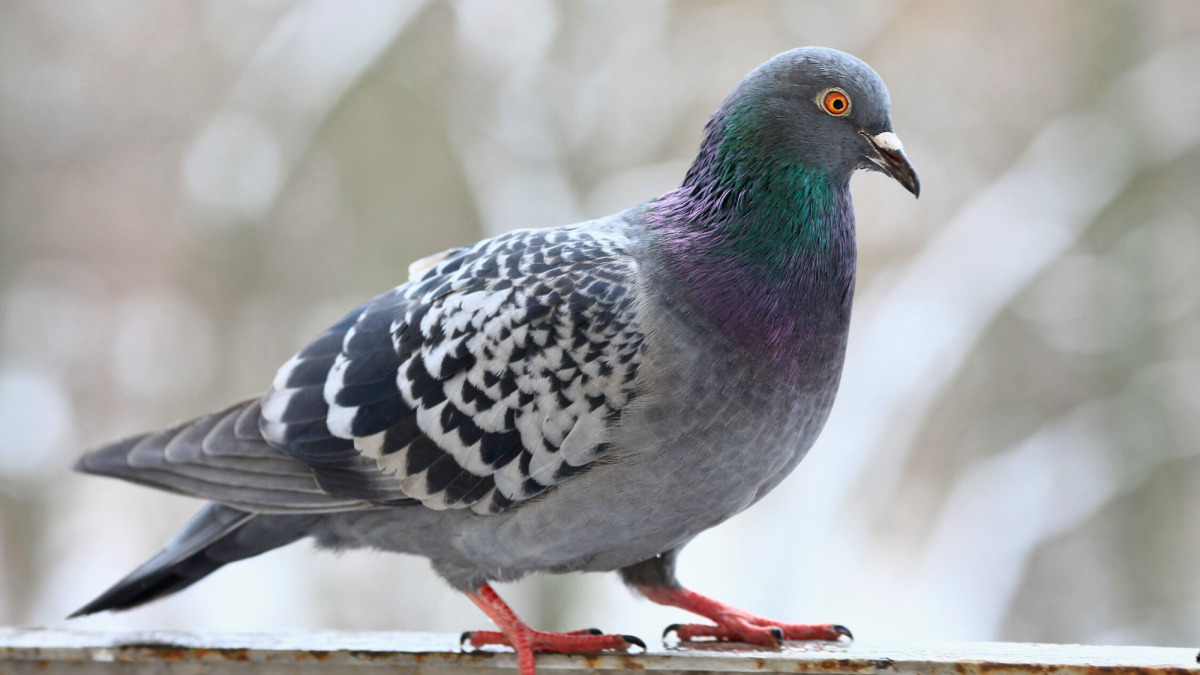How to Create a Backyard Habitat
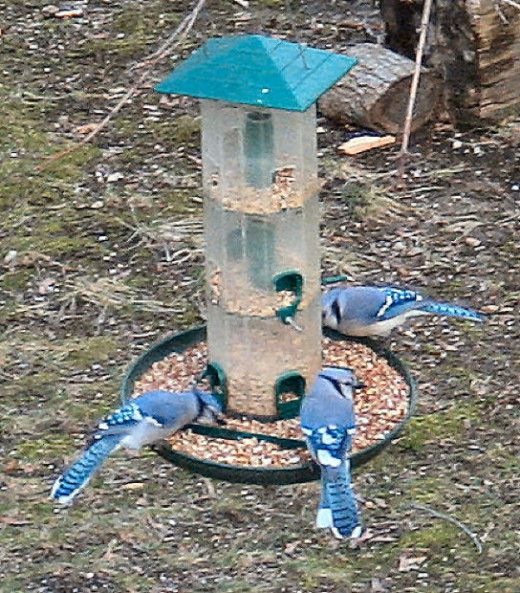
Create a wildlife habitat in your own backyard and bring butterflies, birds and other forms of wildlife into your area so you can observe and live with them.
A backyard habitat is a garden that provides essential resources for different types of wildlife. A bird habitat is achieved by planting plants that produce fruit for birds to eat or they dry to seeds that birds like. It also contains water sources, shade, hiding places and somewhere to escape to when the weather gets cold or rainy. A habitat does not need acres of room. A small backyard is perfect. However, you can always create a large, elaborate for wildlife. It is important to create habitats since the wild fields that support birds and butterflies are swiftly disappearing. To ensure the existence of some wildlife backyard habitats are essential.
Take a look around your yard and decide what essentials you already have. This will help you to decide what kind of habitat would be the easiest or hardest (if you like a challenge) to build. You may have a berry bush, sunflowers, shade trees and a birdhouse in your back yard. To make a bird habitat you only have to add a few more fruit bushes, a bird feeder and water source for the birds. While you inspect your backyard write down what flowers, plants and trees are already growing in your yard. Next you must find out which ones are native to your area. Which plants will provide food, such as seeds and fruit and which ones will provide hiding places or nesting areas. Dead or dying trees are excellent places in which woodpeckers, squirrels and insects reside. Make a list of what you have or can easily get such as bird feeders, rock walls, or log piles (also good places for wildlife to reside). Assess how much sun your yard receives per day and what soil conditions are present.
All wildlife require four basic elements. Those are food, water, cover, and places to raise young. In order to have a backyard habitat you must have these four things.
After you decide what type of habitat you wish to create, grow plants that provide food such as fruits, seeds, nuts, and nectar. Remember that your habitat is not only a summer retreat, it must function all year round or as long as the wildlife you wish to attract is about. Purchase native perennials and annuals that are suited to the conditions of your yard. DO NOT use pesticides as these will kill off either the wildlife you are trying to attract or get rid of the food the wildlife needs to eat. Instead use natural means of ridding your yard of pests. Native plants usually do not require fertilizers, herbicides or extra watering except in extreme conditions. Another tip is to reduce the amount of lawn you have. Lawns are not native and are not needed in a backyard habitat. Your wildlife will appreciate leaf mulch, bushes and shrubs instead. You must create an area much like the wildlife would find in the wild. Feeders should be used as a supplement to natural food provided by native plants. If you have a small area to work with you may need to supplement whereas a large area would not require many feeders.
The following are some plants that can be included in a backyard habitat:
Trees: White Oak, Red Oak, Black Walnut, Hickory, Crabapple, Hawthorn, Pines and Spruces. Shrubs that do well in a backyard habitat are Dogwood, Sumacs, Elderberry, Chokecherry, honeysuckle, and viburnums. Vines that are acceptable are American Bittersweet, Trumpet Creeper, raspberry, and blackberry. Other plants that can be included are sunflowers, black-eyed Susans, asters, marigolds, millet, zinnias, and some natural grasses.
A habitat does not require a grass lawn and it better to have a field, prairie or forest like setting. Plant native ground covers, a hedgerow, create a meadow or prairie patch, plant an organic vegetable garden, water garden, rock garden, or just mulch the area.. Make sure you check your local rules and regulations. Some communities may not appreciate having a meadow or prairie patch in their township.
The biggest requirement for a habitat is water. Wildlife and birds need to for bathing, drinking and sometimes for breeding. Use a birdbath as a water source or build a small pond or stream with a recirculating waterfall. Water needs to be available all year round so . Install a thermostatically controlled bird bath heater to a bird bath for water during freezing weather. Butterflies appreciate a shallow dish with pebbles inside. Never let the water come up over the pebbles because the butterflies need to stand on them to get water. Clean and change water everyday in bowls or baths.
Include evergreen trees or shrubs that will provide all year protection from weather and predators. These include oak, juniper, holly and other dense bushes. Log piles can make a nice house for wildlife and a brush pile in a large area will house many animals. Keep these items away from the house because you do not want wildlife to come looking for shelter and food in your house. Keep everything organic so you don't inadvertently poison the wildlife you wish to attract.
Once you have planted or planned your backyard habitat you need to practice resource conservation. It is always tempting to plant exotic plants in the garden, but the habitat is not the place to do it. Wildlife only likes the local plants that naturally grow in the area. Check with your nursery if you don't know what plants to provide. Be careful to avoid invasive plants that will take over the habitat and choke everything out. Any water you put in a container for wild life should be taken from the tap and left sitting for at least a few hours. This gets rid of the chemicals in the water that might harm wildlife and birds.
© 2014 debbieh13

